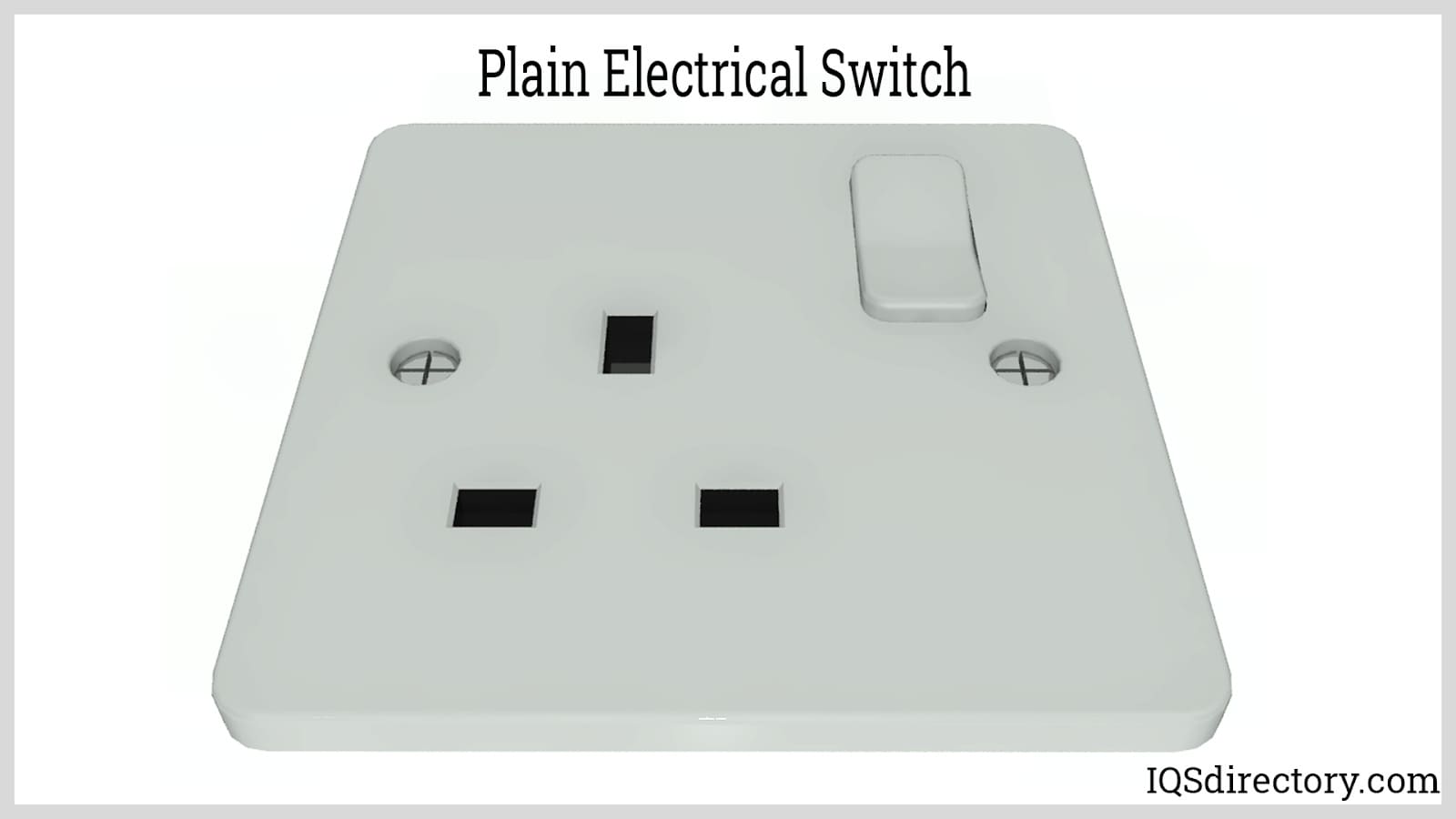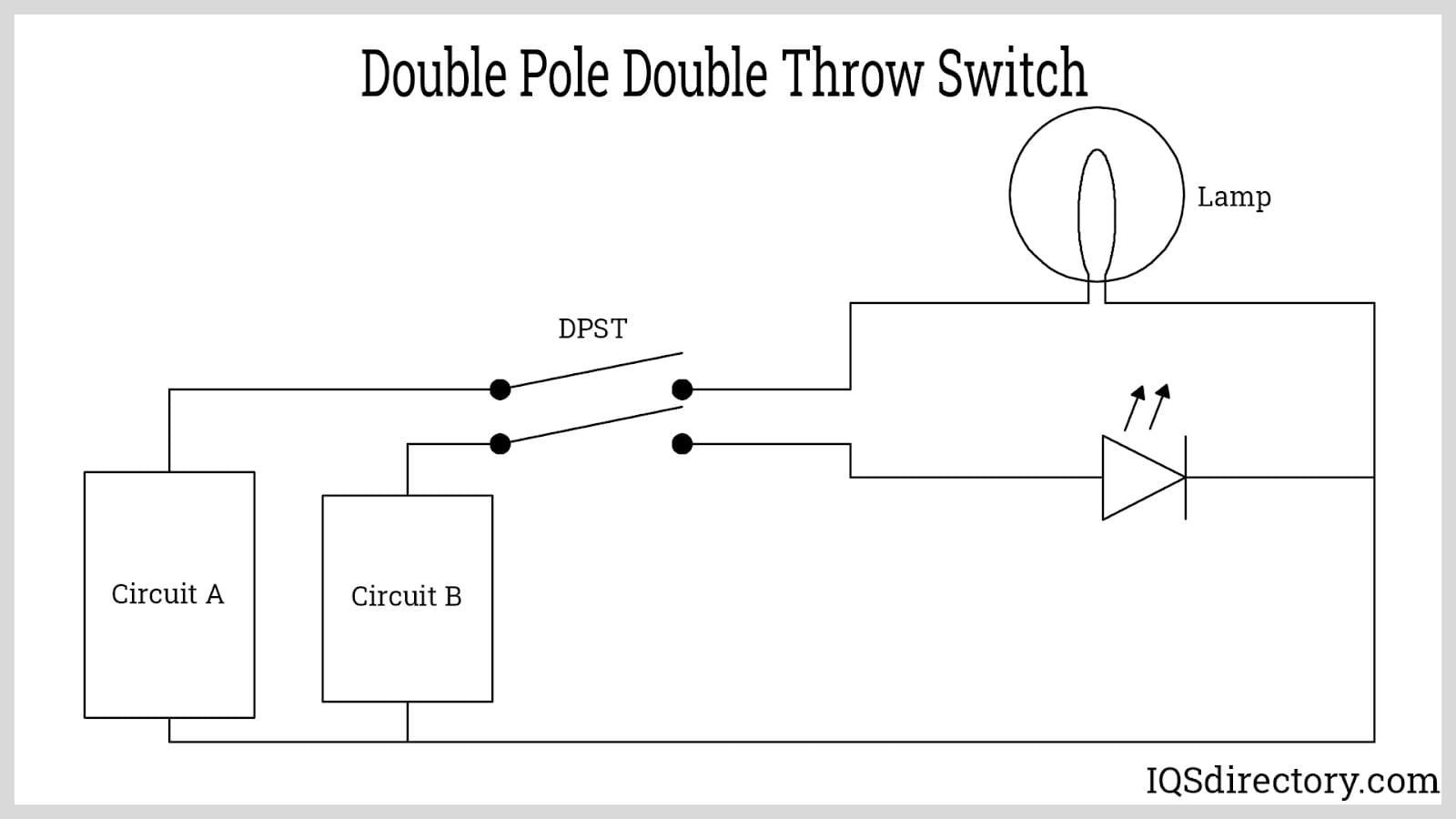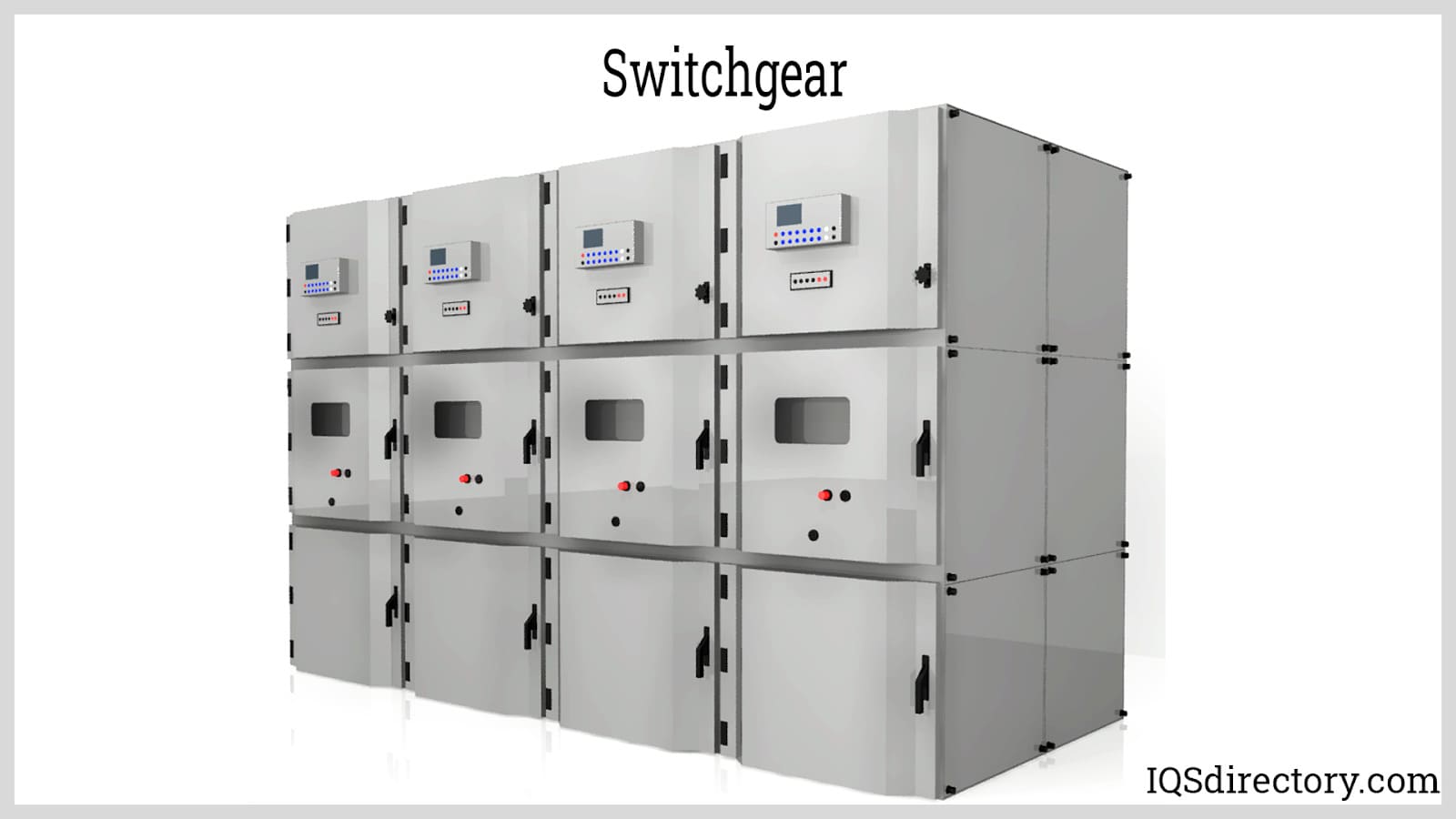
he previously discussed categories of switches can be distinguished and discussed according to their types, which are detailed below.
DIP Switch
This type of switch is so named because of its physical configuration – it is in a dual inline package (DIP).
Electrical Switches
Electrical switches connect electrical circuits. They are distinguishable from electronic switches by the latter‘s usage of electrical signals in sending instructions and informing decision-making.
Circuit Breakers
These switches have a mechanism to break the circuit in the event of a surge. Current breakers are more common than voltage breakers.
The actuator in a breaker is mounted with a recoil mechanism, such as a recoil spring. It has another mechanism to maintain the switch once it is reset. During operation, the recoil spring breaks the circuit when the mechanism maintaining the switch in the ‘on’ position is disengaged. The said disengagement is achieved by a third mechanism, which is actuated by a surge.
Fused Switches
These switches add a fuse to a plain switch. This is done when the intended load is not protected any other way.
Ground Fault Current Interceptor
This switch compares the difference between the current sent to the load and the current coming from the load. Such differences imply leakage of current, in which the switch would cut the current to the load.
Plain Electrical Switches
These switches only have an actuator and electrical conduct. They do not have any kind of protection. It is often the case that protection mechanisms are part of the circuits where plain switches are installed.

Electronic Switches
These switches connect electronic circuits or use electronic signals to connect electrical circuits. Electronic switches use certain current and/or voltage signals, as either inputs or outputs, to actuate certain actions in the operation of the circuit.
Usually, the actuation is achieved by sending an electrical current to a “gate” of the switch, which is often much smaller than the current it is meant to control. The former is usually a direct current, whereas the latter can be either AC or DC.
Double Pole Switches
These switches connect multiple circuits simultaneously.
- Double Pole Single Throw – This is a single switch that connects two circuits simultaneously. It has two inputs and two outputs. It makes or breaks both circuits at the same time. It is technically equivalent to two rocker switch levers mechanically joined together such that they move together. Such an arrangement can be visible on some switching panels.
- Double Pole Double Throw – These have two inputs and four outputs. They are like two single pole double throw switches being operated by the same actuator.

Single Pole SwitchesThese switches connect one circuit only at a time.- Single Pole Single Throw – This switch has one input and one output. This implies one circuit. The switch makes and breaks the circuit, as the actuator may intend.
- Single Pole Double Throw – This switch has one input but two different outputs. However, the two outputs cannot be connected to the input at the same time. It follows that there are two possible circuits that the switch may make or break but never make the two circuits at the same time.
- Multi Pole Switch – These are an extension of the double pole switch where the number of circuits is more than two and, at least in theory, can be any number.
One Input, Multiple Output Switch
This is not a common setup, despite it being technically feasible. It is often replaced by an array of parallel switches, such as the common branches, with each branch having its own switch and outlet.
Having a single switch with a single input and many outlets comes with the disadvantages associated with a common point of failure. It also inhibits the isolation of any one outlet.
Switch Panels
This is an array of switches physically configured onto the same casing. It is often found on the supply mains, domestic or commercial. Panels often contain switches that control related circuits. It may also feature multiway switching.
Switchgear Operation
This is a set of switches and fuses and similar equipment. The basic underlying principle (and intent) is that of a switch. However, the term “switchgear” is associated with high voltage applications, power generation, and distribution. Given the difference in the behavior and effect of electricity when the voltage becomes very high, certain distinct features will be required that may not necessarily be associated with household switches.

Switchgear is often mounted outdoors and can be operated either manually or remotely. The diffusion of arcing during circuit breaking is particularly important in the operation of switchgear. Arcing in switchgear demands considerable attention given the high voltages that the switchgear breaks. Switchgear breakers use various insulation media, including:
- Gas
- Oil
- Air
- Vacuum
- Carbon dioxide
Waterproof Switches
Such switches are intended for outdoor, and in some cases, sub-aqua, applications. The casing of the switch is watertight to protect the conducting elements of the circuitry from water.




